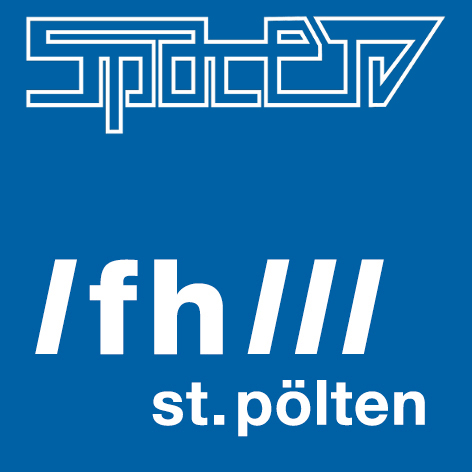Artist in Residence: Matthew Gardiner – The Future Unfolds
2. 9. – 7. 9.
The artist in residence Matthew Gardiner chose Oribotics as his field of research, which thrives on the aesthetic, biomechanical and morphological connections between nature, origami and robotics. The design of the crease pattern, the precise arrangement of mountain and valley folds directly informs the mechanical design, so a key area of current research is discovering patterns that have complex expressions that can be repeatedly actuated.
Matthew Gardiners Oribotics have grown over 1,400 hours in the Fablab of the Ars Electronica Center. The 3D printer sits in close proximity to the Biolab, where plants are cloned using synthetic methods to educate visitors about gene technology. Symbolically, this highlights the connection to the many contexts where folding occurs in nature, the most significant being the folding of proteins, including DNA. This ‘origami of nature’ takes microseconds to complete thousands of folds, and a single folding error can profoundly affect the survival of the life form. Therefore, the newest generation has a polyester fabric membrane. Polyester is deformable by heat, and as such can be programmed with an oribotic pattern that will last for the life of the material, over millions of repeated interactions.
In an oribotic pattern, actuating a single fold causes every other fold to move; each fold is mechanically interconnected. The micro interactions occur with sensors, inside each bot a proximity sensor measures objects in front of its “mouth”. As an object approaches, the oribot blossom opens, causing 1,050 folds to actuate in the bot. Macro interactions occur via the network and software; each micro interaction is broadcast to every other oribot in the installation, causing the sympathetic movements of over 50,000 folds across the entire installation, creating a stunningly complex moving image.
Oribotics is the outcome of an artistic residency at the Ars Electronica Futurelab, produced in partnership with Novamedia and the Australia Council for the Arts. This project has been assisted by the City of Port Phillip through the Rupert Bunny Foundation Visual Arts Fellowship.



